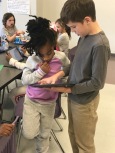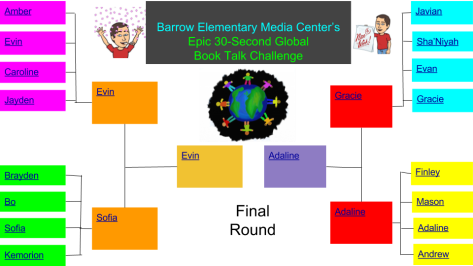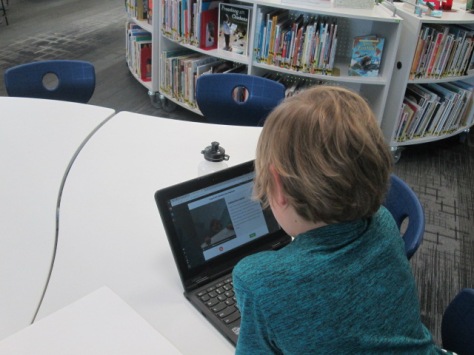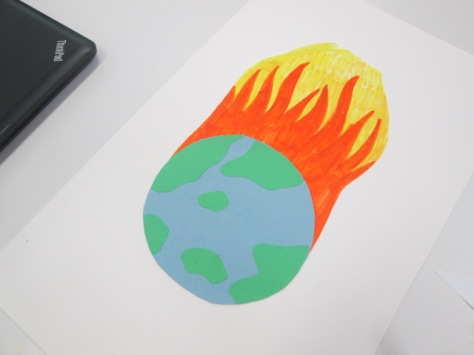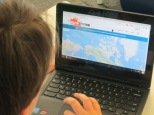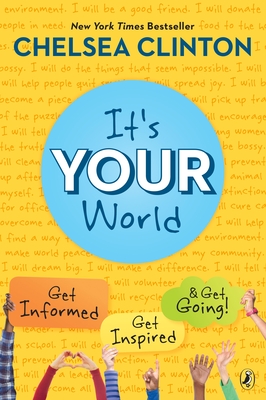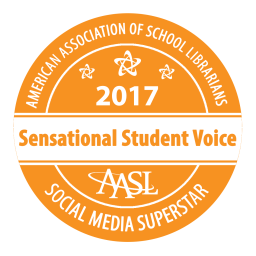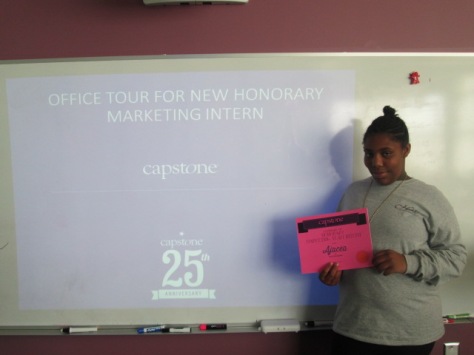
It’s that time of year again when I hand over the profits from our book fair to a group of 3rd-5th graders. These students work together through a process to purchase new books for our library that are based on the interests and requests of students in our school. Each year, this project grows and changes and this year brought some of the biggest changes we’ve had in a while.
Application

To apply to be in the group, students watch a short introductory video in class and then fill out a Google form that asks for their name, why they want to be in the group, and whether or not they are willing to make the commitment to finishing the project if they start it. I keep the application open for one week and then have responses automatically turn off.
Here’s a look at the application.

This year over 60 students applied to be in the group. This is the most I’ve ever had, and I truly try each year to include every student who applies as long as they are willing to make the commitment to being in the group. Even if I met with groups separately by grade level, there would be moments where I might have 40 students trying to make decisions about books.

I really stressed over what to do because I really didn’t want to choose some students and turn others away. I decided to put the dilemma back to the students by giving them a list of all the tasks that needed to be done across the entire project. I asked them to select which ones they were most interested in. They could certainly check every box but they could also just choose 1 or 2 that interested them. This decision really helped because it dropped the number of students I would have at one time to a more manageable amount.
Here’s a look at the follow-up application.
The tricky part for me was organizing the students so that I could easily let them know what days to come as well as remind their teachers. I made a spreadsheet with each task and copied student email addresses and teachers into the sheet. As we approach each task, I can just copy of paste the emails to send a message to students and teachers to remind them when to come to the library. Students come during their recess time on these select days which means 10:45-11:15 for 3rd grade, 11:00-11:30 for 4th grade, and 11:45-12:15 for 5th grade. The overlap of grades 3 & 4 is another tricky piece this year but we are going to do our best to make it work.
Meeting 1: Creating a Survey

Our 1st group of students agreed to work on a survey to ask students in our school what kinds of books they want to see more of in the library. To begin, students spent some time walking around our library to see what they noticed about the sections. For example, which sections were packed with books? Which shelves looked empty?
Next, I made a copy of last year’s student interest survey and quickly went through all of the questions asked last year. In pairs or small groups, students talked about what they liked and didn’t like about the survey as well as what new ideas they had. I tried to listen in to their discussions and then we had a discussion as a whole group.
I was really impressed with their conversations and ideas. They talked about the length of the survey and how they could make it more concise. They asked me questions about how last year’s survey worked out. One of my noticings from previous years was how some of our younger students tend to say that they like every section of the library. The book budget students had a long discussion of how they might limit the responses to get students to focus more on what they really wanted to add to the library. After much debate, they finally agreed to break the survey into our picture book, chapter book, and information sections and select 2 genres in each section that needs more books. This was a very different take on the survey from what we’ve done in the past and I look forward to seeing how it impacts our final results. The students also wanted better pictures of each genre section so the younger students could see the genre sign and some example books from each section rather than a picture of the whole section from far away.

I took all of the student ideas and modified our Google Form survey. I emailed the survey to 3rd-5th grade teachers to share with students in Google Classroom. Then, I created a QR code for our book budget team to scan in order to survey our younger grades with iPads.
Here’s a look at this year’s survey.
Meeting 2 & 3: Surveying

About 30 students signed up to help survey younger students in our school. They came to the library and scanned the QR code using the camera app. Students went to the lunchroom and surveyed K-2 students while they ate lunch. The book budget students asked the questions, showed the genre pictures on the iPad, and typed out any short answers students had for questions. Each survey was submitted and then students pulled up a fresh survey to ask the next student.

On our first day, we had already surpassed 200 students surveyed through email and iPads. We continued this same process on day 2 by making a BTV announcement to remind grades 3-5 to complete the survey and again visiting lunch to survey the lower grades.

I loved watching the professionalism of our book budget students. They asked permission to survey students, focused on listening to and inputting all of their answers, and thanked them for their thoughts. The lunchroom monitors even commented on how much more peaceful the lunchroom was having something for the students to do while they ate. I was worried we would add a layer of chaos to lunch, so it was great to hear that it actually helped.
It was also fun to see the book budget students interact with our younger learners. Some of our younger students had trouble verbalizing what they wanted more of in the library, and the book budget students naturally altered the questions to try to make them easier to understand. This surprised me. I was worried that I didn’t spend enough time talking about how to be professional and flexible, but students naturally adjusted and rolled with any challenges they faced in surveying.

As survey results roll in, we can check our Google charts to see how many of each grade level we have surveyed. This helps us know if we need to focus more on a specific grade so that there is a relatively equal number of data from each grade level.
Next Week:
Our next steps will involve analyzing the data we have and setting some goals for the kinds of books we want to purchase. So far we are off to a busy but great start and many more students are adding their voices to the project.






















